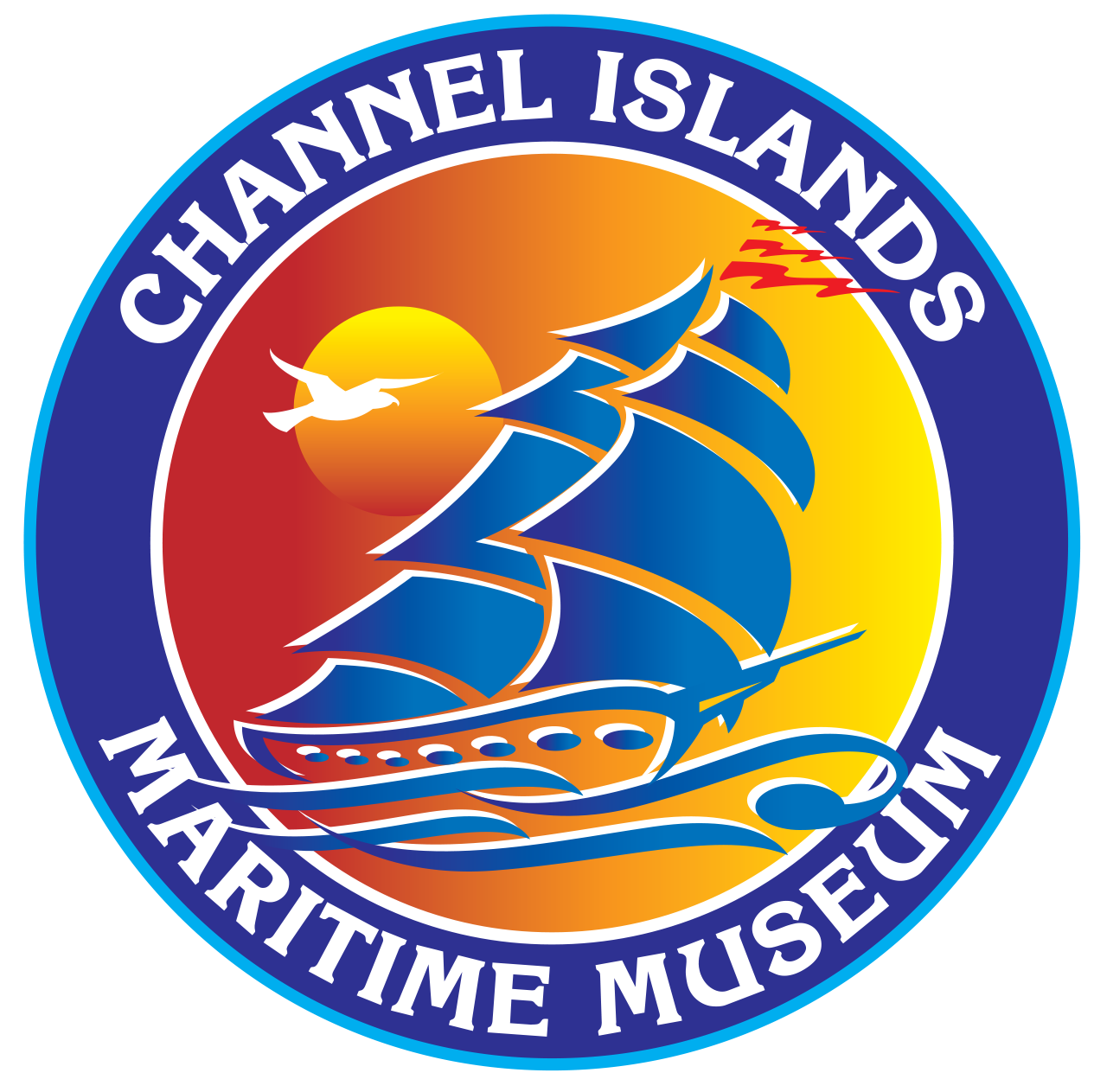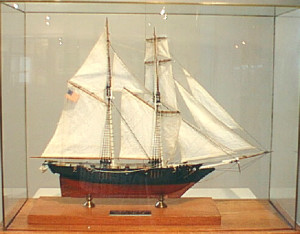VIRGINIA PRIVATEER, circa 1800 (May be the Baltimore Clipper, Swallow)
The Ship
In both the American Revolution and the War of 1812, America had no navy to speak of. After 1797, the heavy frigates were in service, but they were no match for Britain’s “Wooden Walls of England” One of the most effective ways of damaging the enemy was to capture or destroy its commercial shipping. This lead to the issuance of Letters of Marque to privately owned, armed vessels which were commissioned to attack the merchant shipping of enemy countries. Britain and France, as well as the Colonies, employed this tactic. There are some reports that when business was slow for the privateers they did not look too closely at the nationality of the commerce they were attacking.
Though schooners were launched in Europe, it was the Yankees of Colonial America who perfected the design, construction and deployment of the class.
Noted for their small crews, and in early times for their utility, schooners became the favorites of Yankee entrepreneurs who frequently traded in the West Indies illegally, so they naturally became favorites as privateers.
As hull and canvas design improved, the addition of square sails on the foremast (a fore topsail schooner) bettered speed and handling and lead to square sails on the main mast (a topsail schooner) which in the early 19th Century evolved as the Baltimore Clipper, a vessel that appeared to be making 10 knots at the dock
The Model
Builder: Honore Leclerc
Source: Les Bateaux Leclerc, Port Joli Quebec
Scale: 1/8” Case: H 19” L 22” W 7/3/4”
Class B

